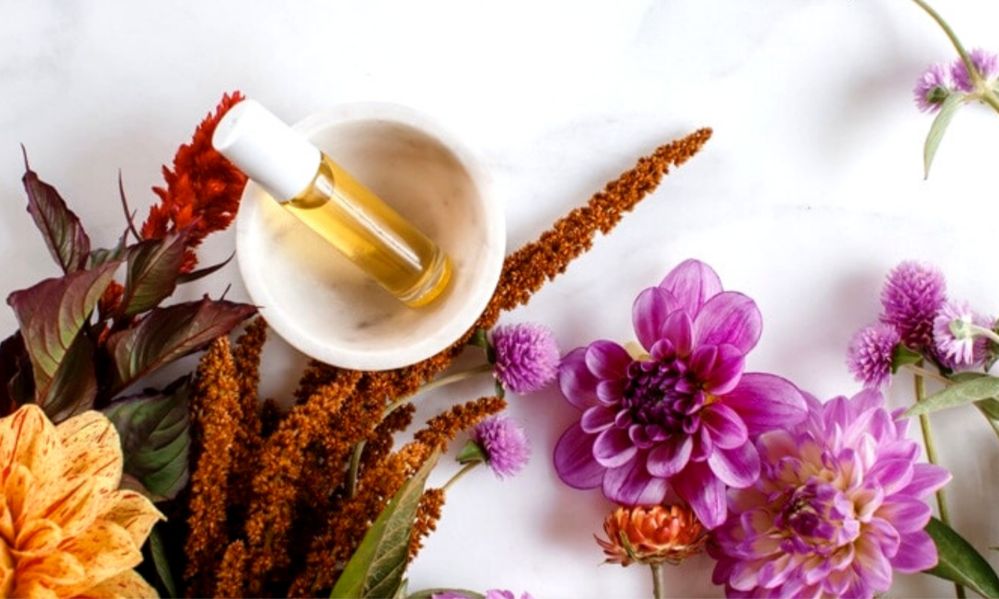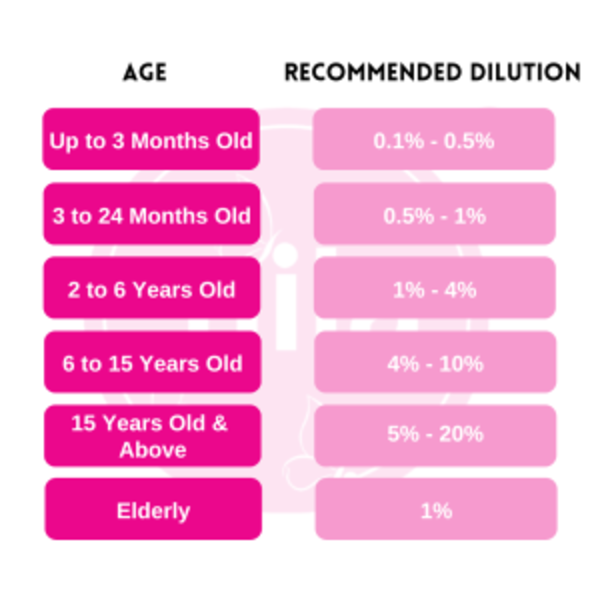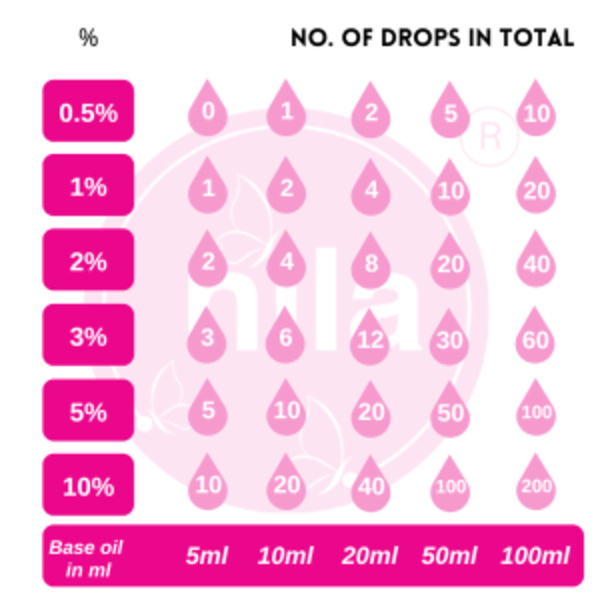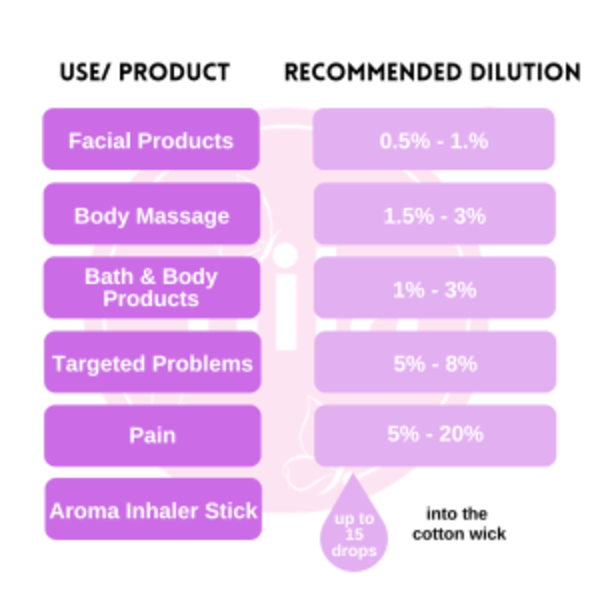Essential oils have been cherished for their therapeutic properties for millennia. These natural plant extracts, derived from the essence of plants, are a precious gift from Mother Earth. Their common uses include inhalation and topical application to promote overall health and well-being.
At Nila Singapore, we are driven by our passion for plants and the healing power of nature. Our mission is to share our knowledge of the therapeutic properties of essential oils and how to use them safely and effectively.
In this article, we will explain how to safely use essential oils in your aromatherapy journey to promote better health and wellbeing.
Method 1: Inhalation
When we inhale the aroma of essential oils, aromatic molecules are captured by our sensory receptors and transmitted to our olfactory system. Our olfactory system is a vital part of the limbic brain, also knowns as the “emotional brain”. This part of our brain plays an important role in regulating our mood, emotion, behaviours, sense of smell, and long-term memory.
This explains why scent has the power to evoke memories and trigger responses. The limbic system also regulates essential body functions such as breathing, heart rate, and blood pressure. Through simple inhalation, we can reap the holistic benefits of aromatherapy as our mind, body, and spirit are harmonised.
Ways of inhalation: Use diffusers, nebuilisers, essential oil burners, steam inhalation, aroma inhaler sticks, or other aroma accessories. Please follow the dilution guidelines as specified below.
Method 2: Topical Application
Topical application of essential oils targets specific areas for physical effects or to address particular concerns. It is important to ensure proper dilution and never apply essential oils neat (directly and undiluted).
To dilute essential oils, use a base oil (also known as carrier oil). This effectively delivers the therapeutic properties of essential oils to our skin and bloodstream. You can also choose to dilute your essential oils in base products such as unscented body wash, shampoo, lotion, or even a mist. Since oil and water does not mix, these base products will contain an emulsifier to facilitate the binding of essential oils with water-based components, thus ensuring a balanced blend.
Remember, proper blending is key and less is more!




